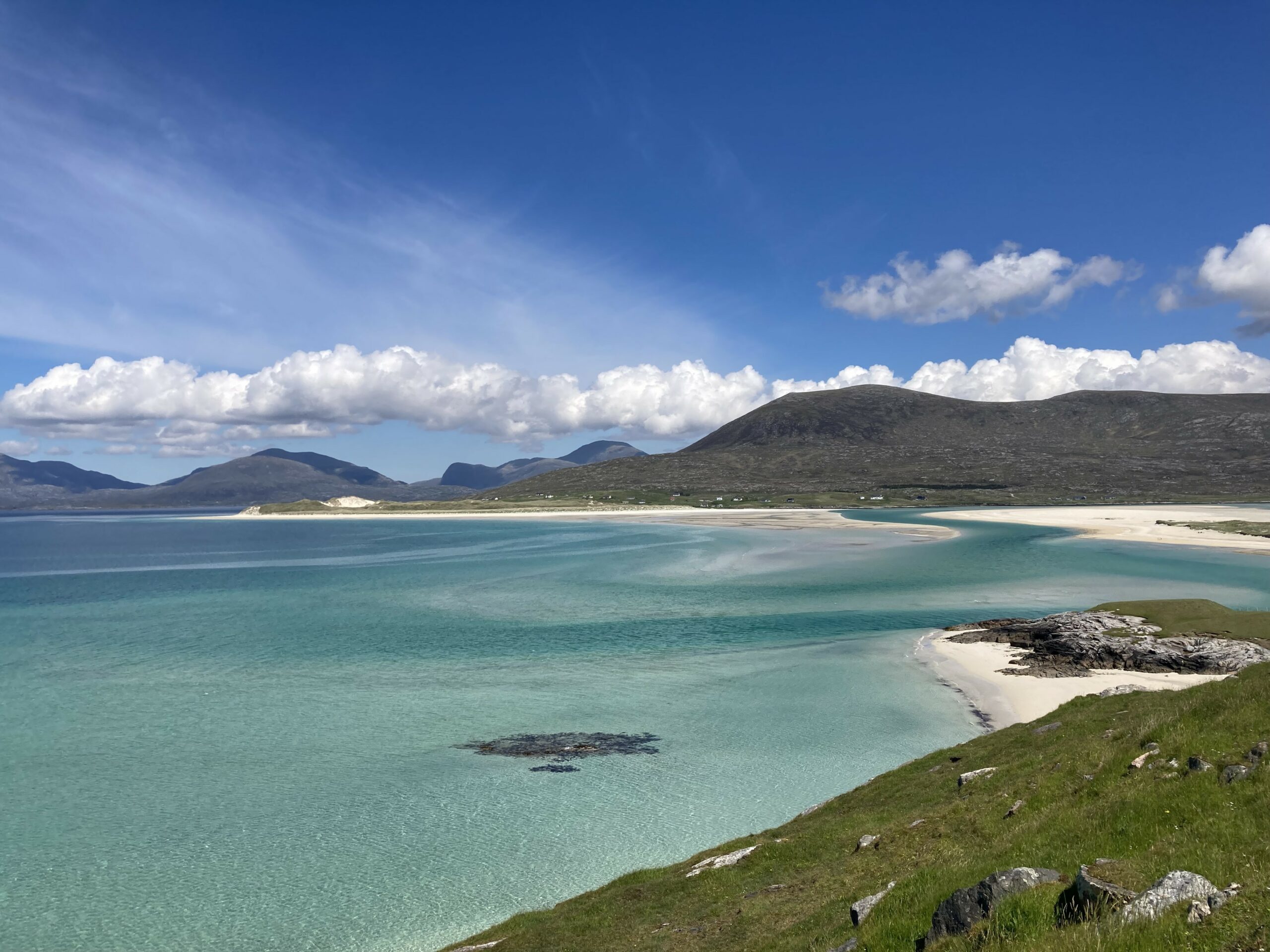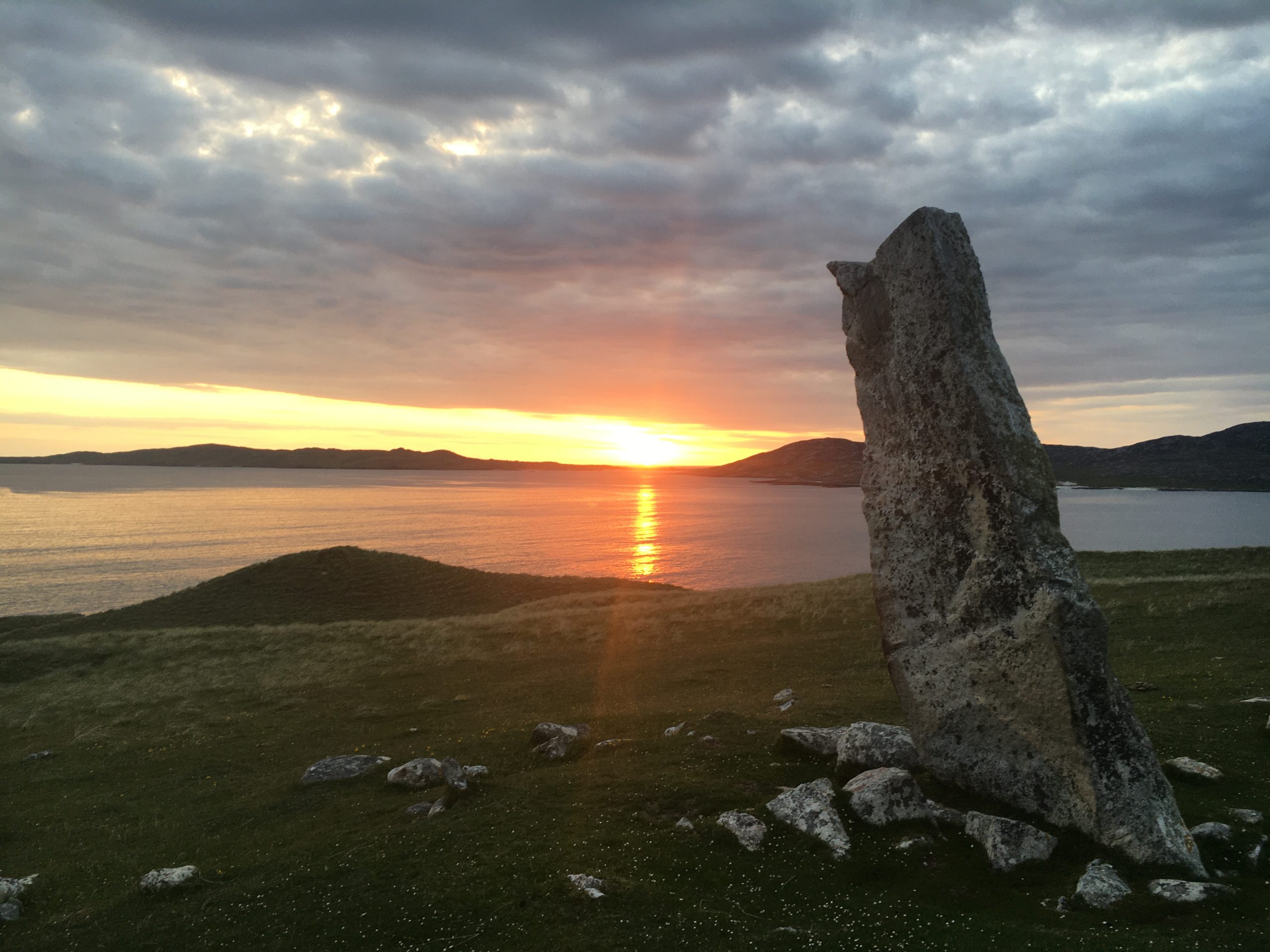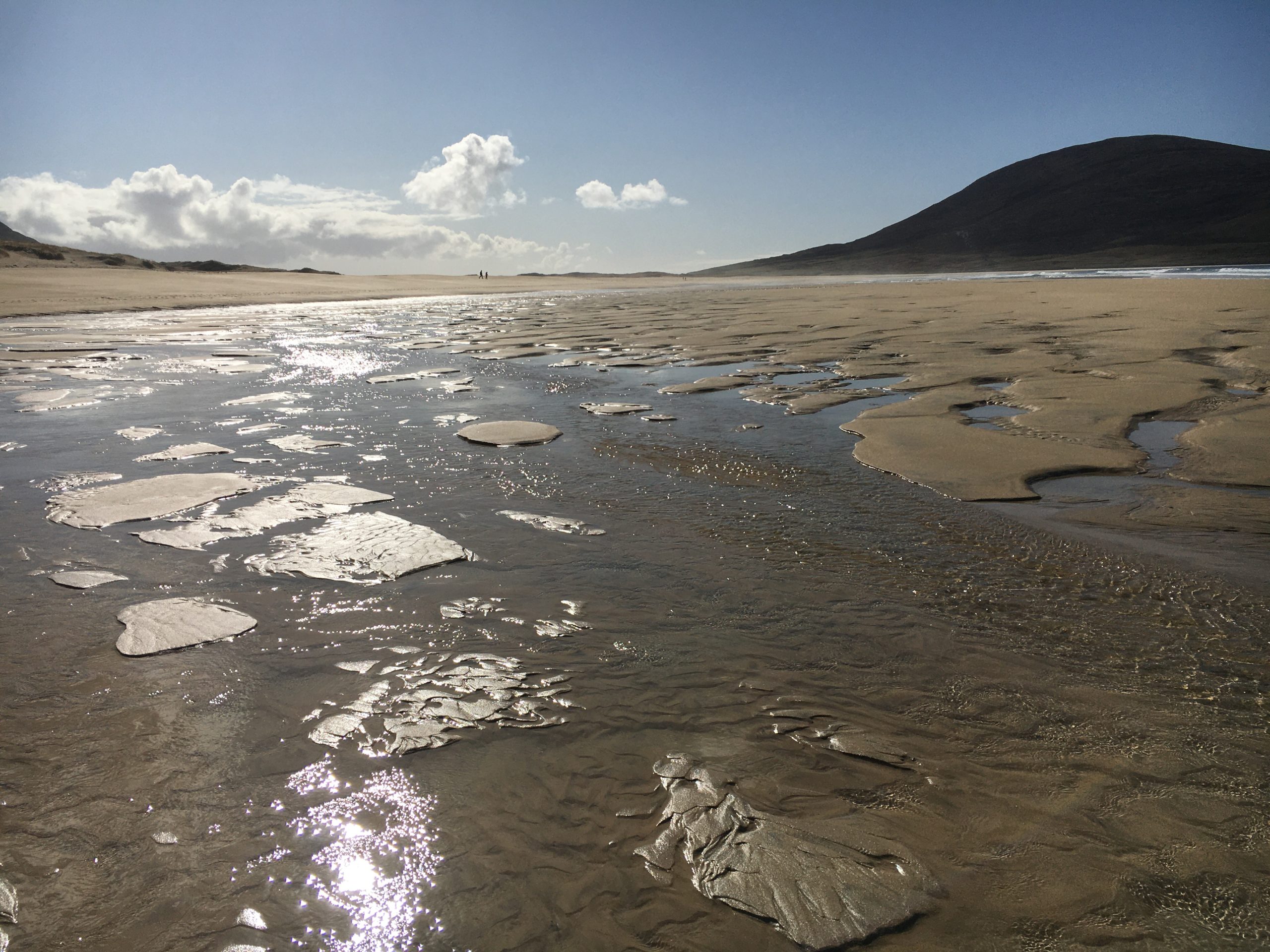The Isle of Harris: A Geological Journey Through Time



The Isle of Harris is a breathtaking destination known for its dramatic landscapes and geological wonders. The island’s geological history is both complex and fascinating, providing a glimpse into the Earth’s past over billions of years and the natural forces that have shaped this remarkable island.
Geological Origins
The Isle of Harris is primarily composed of two distinct rock types: the ancient Lewisian gneiss and the younger sedimentary rocks. The island’s geology reflects its long and varied history, from the formation of the Earth’s crust billions of years ago to the more recent processes of glaciation and coastal erosion.
- Lewisian Gneiss
The oldest rock type found on the Isle of Harris is Lewisian gneiss, which dates back approximately 2.7 to 3 billion years. This metamorphic rock is characterized by its unique banded appearance, consisting of layers of varying minerals. The Lewisian gneiss forms the foundation of the island and is particularly prominent in the North Harris Hills.
- Sedimentary Rocks
Overlying the Lewisian gneiss are younger sedimentary rocks, which date back to the Neoproterozoic Era, approximately 1 billion years ago. These rocks were formed from sediments deposited in an ancient ocean known as the Iapetus Ocean. The sedimentary rocks on the Isle of Harris include schists, quartzites, and limestones, which can be found in the southeastern parts of the island.
- Glaciation and Ice Age Landforms
During the last Ice Age, which peaked around 20,000 years ago, the Isle of Harris was covered by vast ice sheets. As these ice sheets retreated, they left behind a range of glacial landforms, such as U-shaped valleys, glacial erratics, and moraines. The legacy of glaciation is evident in the island’s dramatic landscapes, characterized by its rugged coastlines, sandy beaches, and striking sea cliffs.
- Coastal Erosion
The Isle of Harris’s coastline has been shaped by the continuous action of waves, wind, and tides. Over time, these forces have eroded the rocky coast, carving out sea stacks, arches, and caves. The island’s western coast, in particular, features some of the most spectacular examples of coastal erosion, such as the famous Luskentyre and Scarista Beaches.
Human Habitation and Cultural Evolution
The Isle of Harris has been inhabited by humans for thousands of years, with the earliest evidence of human activity dating back to the Mesolithic period, around 8,000 years ago. Since then, the island has witnessed a rich and complex cultural history, including the arrival of the Celts, the influence of the Vikings, and the development of the unique Gaelic culture.
Today, the Isle of Harris is home to a vibrant and resilient community that is deeply connected to its environment and proud of its geological heritage. The island’s geological wonders not only provide a fascinating insight into the Earth’s past but also serve as a source of inspiration for artists and local crafts, including the world-famous Harris Tweed.
The Isle of Harris boasts a captivating geological history that has shaped its extraordinary landscapes and cultural identity. From the ancient Lewisian gneiss to the more recent glacial landforms, the island represents a remarkable record of geological processes spanning billions of years. The Isle of Harris serves as a testament to the extraordinary power of natural forces in shaping our world and offers a truly unique destination.